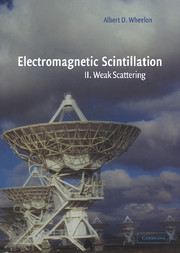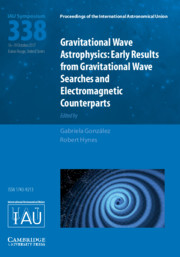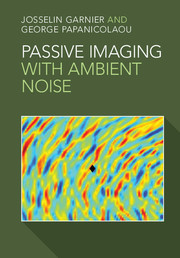Electromagnetic Scintillation
Electromagnetic Scintillation describes the phase and amplitude fluctuations imposed on signals that travel through the atmosphere. The volumes that make up Electromagnetic Scintillation will provide a modern reference and comprehensive tutorial, treating both optical and microwave propagation and integrating measurements and predictions at each step of the development. This first volume deals with phase and angle-of-arrival measurement errors, accurately described by geometrical optics. It will be followed by a further volume examining weak scattering. In this book, measured properties of tropospheric and ionospheric irregularities are reviewed first. Electromagnetic fluctuations induced by these irregularities are then estimated for a wide range of applications. The book will be of interest to those working in the resolution of astronomical interferometers and large single-aperture telescopes, as well as synthetic aperture radars and laser pointing/tracking systems. It is also directly relevant to those working in laser metrology, GPS location accuracy, and terrestrial and satellite communications.
- Provides a modern, comprehensive reference for all aspects of electromagnetic scintillation
- Tailored to the needs of practitioners: astronomers, applied physicists and engineers
- This tutorial presentation integrates predictions and measurements
Reviews & endorsements
'This volume will be of particular interest to astronomers, applied physicists and engineers developing instruments and systems at the frontier of technology. It also provides a unique reference for atmospheric scientists and scintillation specialists.' International Journal for Light and Electron Optics
Product details
January 2005Adobe eBook Reader
9780511032462
0 pages
0kg
This ISBN is for an eBook version which is distributed on our behalf by a third party.
Table of Contents
- Foreword
- 1. Introduction
- 2. Waves in random media
- 3. Geometrical optics expressions
- 4. Single path phase variance
- 5. Phase structure function
- 6. Time variation of phase
- 7. Angle-of-arrival fluctuations
- 8. Phase distributions
- 9. Field strength moments
- Appendices.







